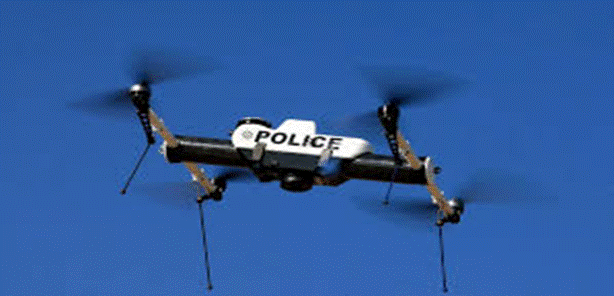How Police Use Drones for Search and Rescue Operations
Drones have revolutionized many industries, and law enforcement is no exception. One of the most critical uses of drones in policing is for search and rescue (SAR) operations. These unmanned aerial vehicles (UAVs) provide a faster, more efficient, and cost-effective way to locate missing individuals, monitor disaster areas, and assist in life-saving missions. With advanced technology like thermal imaging, real-time video transmission, and GPS tracking, drones are proving to be invaluable tools for emergency response teams.
Introduction
Drones have revolutionized many industries, and law enforcement is no exception. One of the most critical uses of drones in policing is for search and rescue (SAR) operations. These unmanned aerial vehicles (UAVs) provide a faster, more efficient, and cost-effective way to locate missing individuals, monitor disaster areas, and assist in life-saving missions. With advanced technology like thermal imaging, real-time video transmission, and GPS tracking, drones are proving to be invaluable tools for emergency response teams.
Speed and Efficiency in Search Operations
In search and rescue missions, time is a crucial factor. Traditional search methods, such as foot patrols and helicopters, take time to deploy and cover limited areas. Drones, on the other hand, can be launched within minutes and cover vast regions, including forests, mountains, and water bodies. Their ability to fly over obstacles helps reduce search time, increasing the chances of finding missing persons quickly.
Thermal Imaging for Night Searches
One of the greatest advantages of drones is their ability to carry thermal imaging cameras. These cameras detect heat signatures, making them extremely useful for locating people in darkness, fog, or dense terrain. Police can use thermal-equipped drones to identify a missing person hidden under debris, lost in a forest, or stranded in cold temperatures. This feature significantly improves the success rate of rescue missions, especially at night.
Real-Time Video Surveillance
Drones provide live video feeds that help officers assess the situation immediately. This real-time footage allows rescue teams to make quick decisions about the best course of action. For example, in cases of natural disasters like floods or earthquakes, drones can scan the affected areas and send precise location data of stranded individuals. This information helps rescuers reach victims faster and plan their operations more effectively.
Access to Hard-to-Reach Areas
Many rescue operations take place in remote or dangerous locations where human access is difficult. Mountainous regions, dense forests, collapsed buildings, or flooded areas can be hazardous for rescue teams. Drones can easily navigate these areas without putting human lives at risk. Their ability to fly at different altitudes and squeeze into tight spaces makes them an indispensable tool in complex rescue operations.
Cost-Effective Alternative to Helicopters
Deploying a helicopter for a search and rescue mission is expensive and resource-intensive. Helicopters require fuel, skilled pilots, and maintenance, making them less practical for smaller operations. Drones, however, are much more affordable, require minimal manpower, and can operate in harsh weather conditions where helicopters may struggle. This cost-effectiveness allows law enforcement agencies to conduct more frequent and extensive search operations.
Disaster Management and Emergency Response
In times of natural disasters, drones play a critical role in disaster management. Whether it’s an earthquake, flood, wildfire, or hurricane, drones help first responders assess damage, locate survivors, and deliver emergency supplies. They can also create 3D maps of affected areas to assist in planning rescue and rebuilding efforts. This technology ensures that rescue teams can work efficiently, even in chaotic situations.
Future of Drone Technology in Search and Rescue
As drone technology advances, police forces will continue to enhance their capabilities. Future drones may include AI-powered facial recognition, advanced sensors, and automated search algorithms. These improvements will further increase the efficiency, accuracy, and reliability of drone-assisted rescue missions.
Conclusion
Drones have become an essential tool in police search and rescue operations, providing speed, accuracy, and safety in emergency situations. Their ability to navigate difficult terrains, use thermal imaging, and provide real-time data makes them an invaluable asset in saving lives. As technology progresses, drones will continue to redefine how law enforcement and emergency services respond to crises, making search and rescue efforts more efficient than ever before.
.png)






Leave a Comment
Your email address will not be published. Required fields are marked *